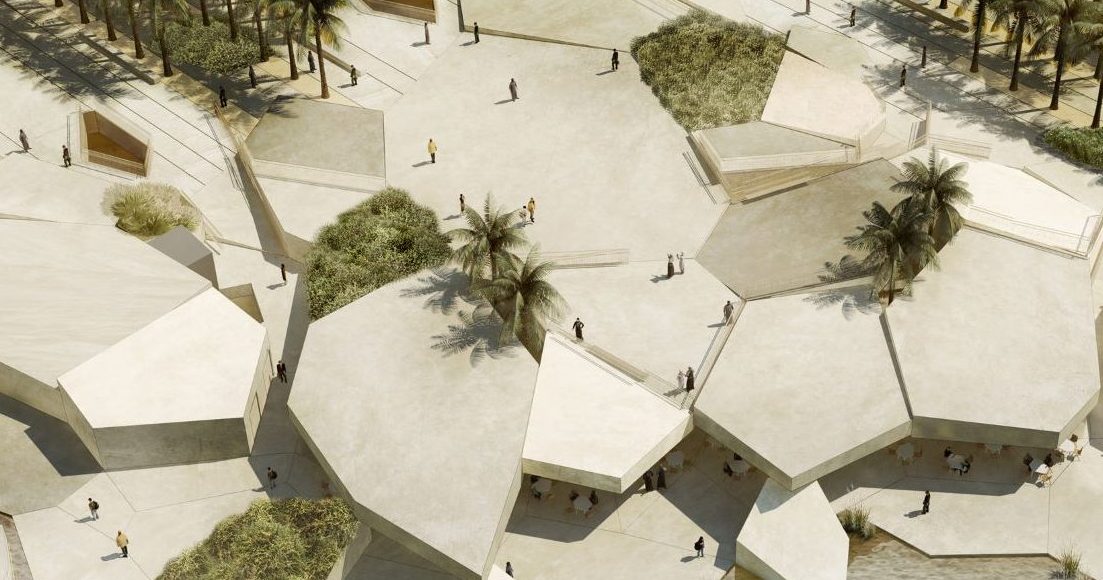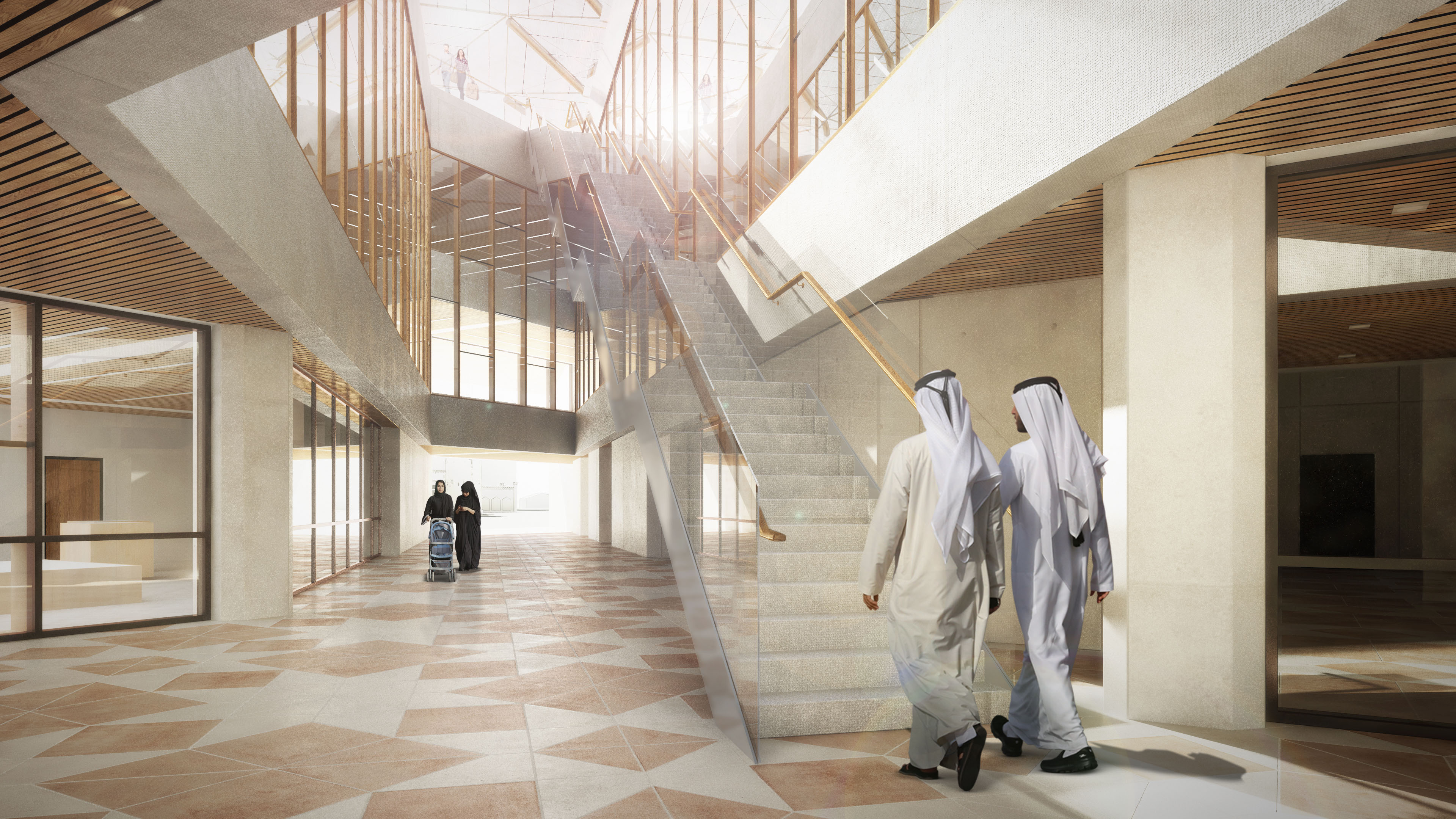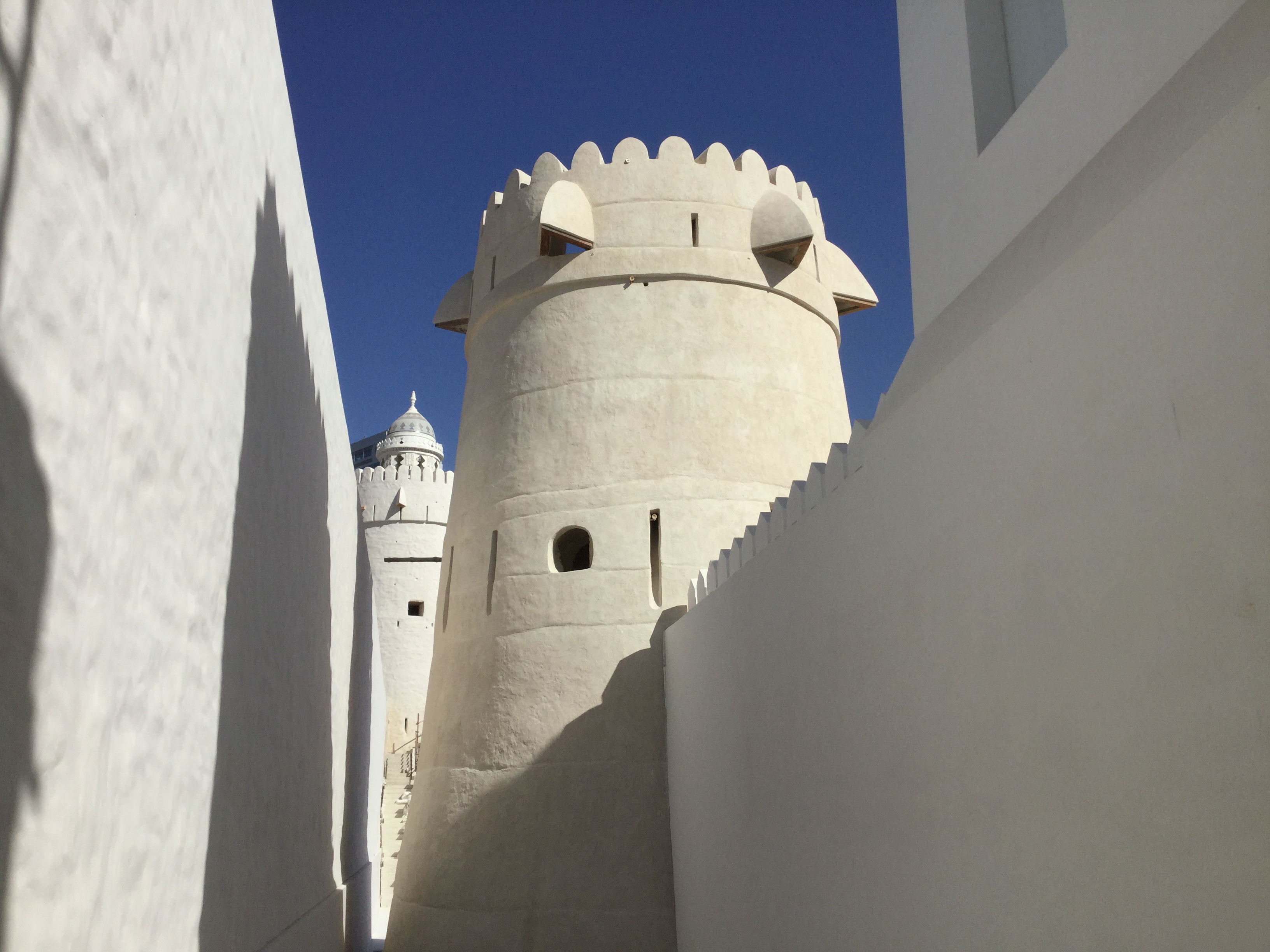Copyright © 2025 Motivate Media Group. All rights reserved.
On permanent display: Qasr Al Hosn
The story of Abu Dhabi is illustrated in their renovated museum space.

We are excited to have learned that the Department of Culture and Tourism – Abu Dhabi (DCT Abu Dhabi) has announced that the newly renovated and restored Qasr Al Hosn Fort, Abu Dhabi’s most significant historic landmark, has been transformed into a museum narrating the history of the emirate that will be open to the public 7 December.
Qasr Al Hosn is the major reference point in the history of Abu Dhabi, telling the story of the city and its people, their history and culture. The permanent exhibition in the restored Fort will offer a multi-layered visitor experience to discover and explore Abu Dhabi’s history, providing insights into the lives of the rulers and people who lived in the Outer Palace, and exploring the story of the conservation of the Fort. The displays will be brought to life by a permanent collection and interpretation tools ranging from archival materials to films, and interactive experiences.

Rendering of Cultural Foundation interiors, Abu Dhabi. © Dept. of Culture + Tourism – Abu Dhabi.
HE Mohamed Khalifa Al Mubarak, Chairman, Department of Culture and Tourism – Abu Dhabi said: “We are delighted to reveal that Qasr Al Hosn will be open soon to narrate the story of Abu Dhabi and its people. This landmark is our greatest historical and cultural symbol, the witness to our remarkable history, in just two and half centuries, from a humble coastal settlement to the global metropolis we see today. Most importantly, it is the cherished cultural heart of Abu Dhabi. Many have longed for its reopening and we hope our people and all residents feel a sense of homecoming as much as we do.”
TELLING THE STORY OF ABU DHABI’S PEOPLE
The Qasr Al Hosn narrative begins with an overview of Qasr Al Hosn as a historic landmark, introducing audiences to the successive phases of the Fort as it evolved from a late 18th century defensive structure into a seat of rule; from the home of the ruling family and a community gathering point to a centre of government; and more recently its role as Abu Dhabi’s most important historic site and the cultural heart of the city. Archaeological investigations have revealed its origins and layers of history as each new ruler left his mark, building new structures and adding to others.

Aerial photograph of Abu Dhabi, 1962. Ronald Codrai © Dept of Culture + Tourism – Abu Dhabi
Qasr Al Hosn: A Symbol of the Emirate
Sheikh Zayed bin Sultan Al Nahyan, Father of the Nation, came to power in 1966, and his rule witnessed the transformation of Abu Dhabi into a truly global city. The pace of change was accelerating, as roads reached out across the desert and new buildings sprang up around Qasr Al Hosn, the one constant in Abu Dhabi’s history. Sheikh Zayed’s vision for Abu Dhabi’s development was reflected in the evolving function and significance of Qasr Al Hosn – as a symbol of the emirate, a centre of government administration, a national archive and a cultural landmark.
The People of the Palace
The Qasr Al Hosn journey also tells the stories of the men, women and children who lived and worked in Qasr Al Hosn over the centuries. From the time of Sheikh Shakhbut bin Sultan, Qasr Al Hosn was both a working palace and a family home, its courtyards, corridors and rooms full of the sights and sounds of daily life. The exhibits invite visitors to step back in time to explore what life was like for the people of the palace.

The restored watchtower at Qasr Al Hosn © DCT – Abu Dhabi
A New Country
The narrative covers the story of union and consultation, highlighting the role of the National Consultative Council (NCC) in hosting discussions essential to the eventual unifications of the emirates. Constructed in 1968, on the site where Sheikh Zayed the First held his Majlis in the shade of the fort walls, the NCC building soon became the venue for historic occasions: following the formation of the United Arab Emirates on 2 December 1971, the Council hosted the early meetings of the Federal National Council.
In addition to the permanent displays, Qasr Al Hosn will host a varied, year-round calendar of public programming events. These will include archaeological and architectural tours, re-enactments of aspects of daily life and rituals at the Fort, a Majlis programme that will introduce the Fort’s visitors to the history and significance of the Majlis, and activities for children and teenagers.
Encompassing two iconic monuments – the Inner Fort, parts of which date back to around 1795, and the Outer Palace, built in the 1940s – Qasr Al Hosn is the historic heart of the city and one of the core components of Al Hosn, a new cultural destination in the heart of downtown Abu Dhabi. Al Hosn is the city’s original urban block and comprises Qasr Al Hosn and the National Consultative Council building, the Cultural Foundation, and the House of Artisans.
For more information, please visit www.alhosn.ae.
The Latest
Designing Movement
RIMOWA’s signature grooved aluminium meets Vitra’s refined design sensibilities
A Sense of Sanctuary
We interview Tanuj Goenka, Director of Kerry Hill Architects (KHA) on the development of the latest Aman Residences in Dubai
Elevated Design
In the heart of Saudi Arabia’s Aseer region, DLR Group has redefined hospitality through bold architecture, regional resonance and a contemporary lens on culture at Hilton The Point
Turkish furniture house BYKEPI opens its first flagship in Dubai
Located in the Art of Living, the new BYKEPI store adds to the brand's international expansion.
Yla launches Audace – where metal transforms into sculptural elegance
The UAE-based luxury furniture atelier reimagines the role of metal in interior design through its inaugural collection.
Step inside Al Huzaifa Design Studio’s latest project
The studio has announced the completion of a bespoke holiday villa project in Fujairah.
Soulful Sanctuary
We take you inside a British design duo’s Tulum vacation home
A Sculptural Ode to the Sea
Designed by Killa Design, this bold architectural statement captures the spirit of superyachts and sustainability, and the evolution of Dubai’s coastline
Elevate Your Reading Space
Assouline’s new objects and home fragrances collection are an ideal complement to your reading rituals
All Aboard
What it will be like aboard the world’s largest residential yacht, the ULYSSIA?
Inside The Charleston
A tribute to Galle Fort’s complex heritage, The Charleston blends Art Deco elegance with Sri Lankan artistry and Bawa-infused modernism
Design Take: Buddha Bar
We unveil the story behind the iconic design of the much-loved Buddha Bar in Grosvenor House.
















